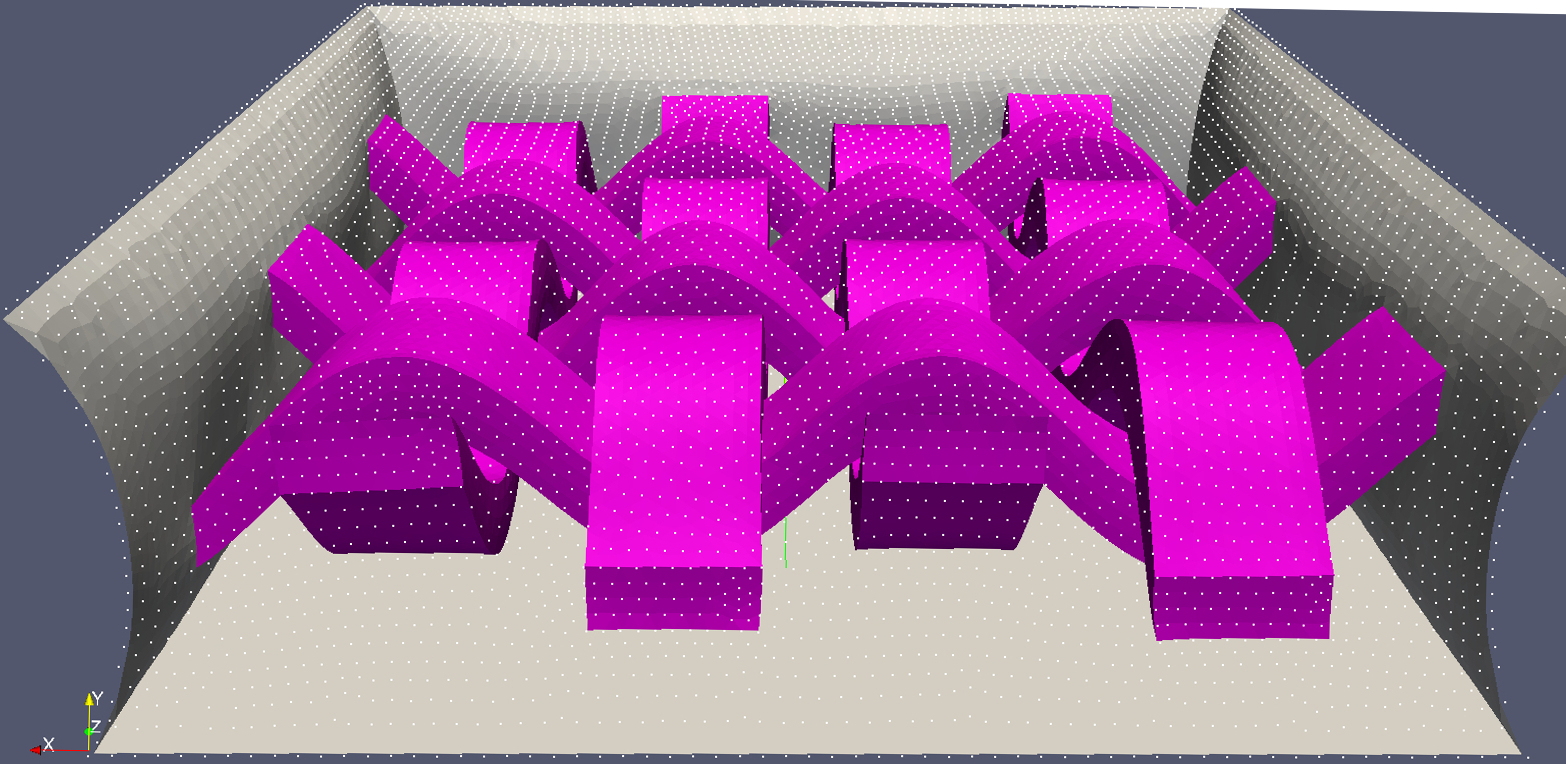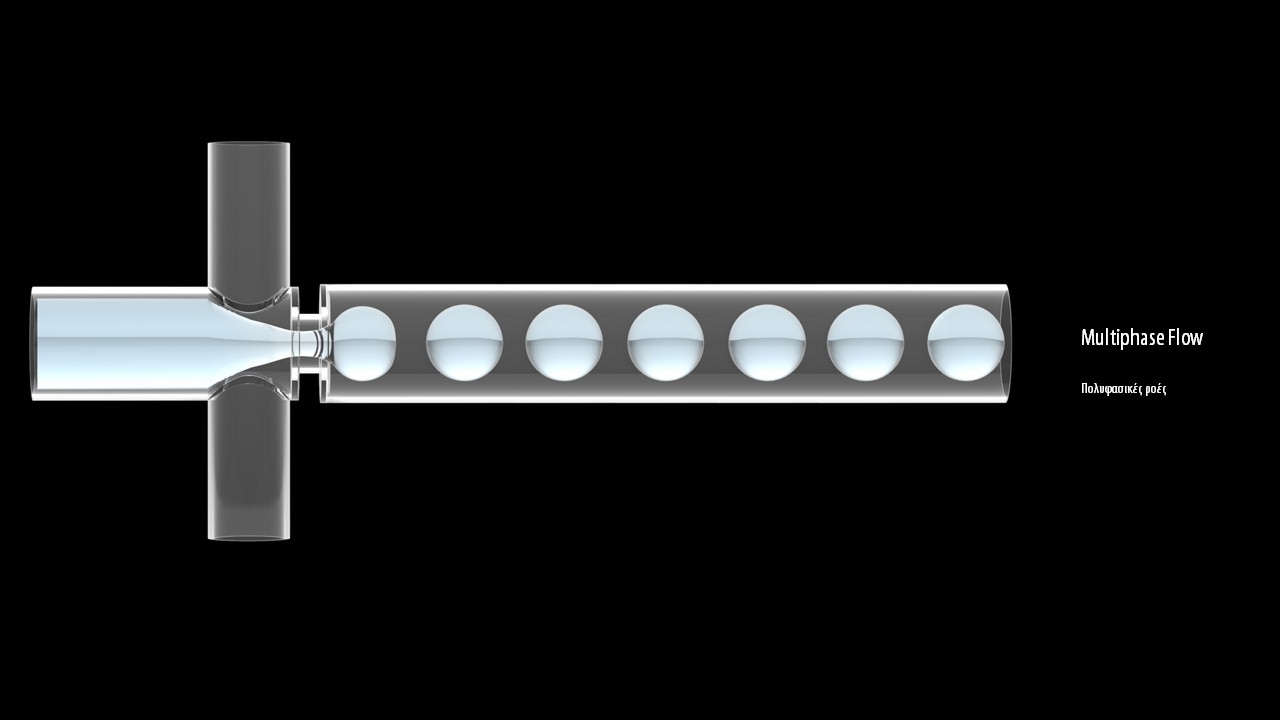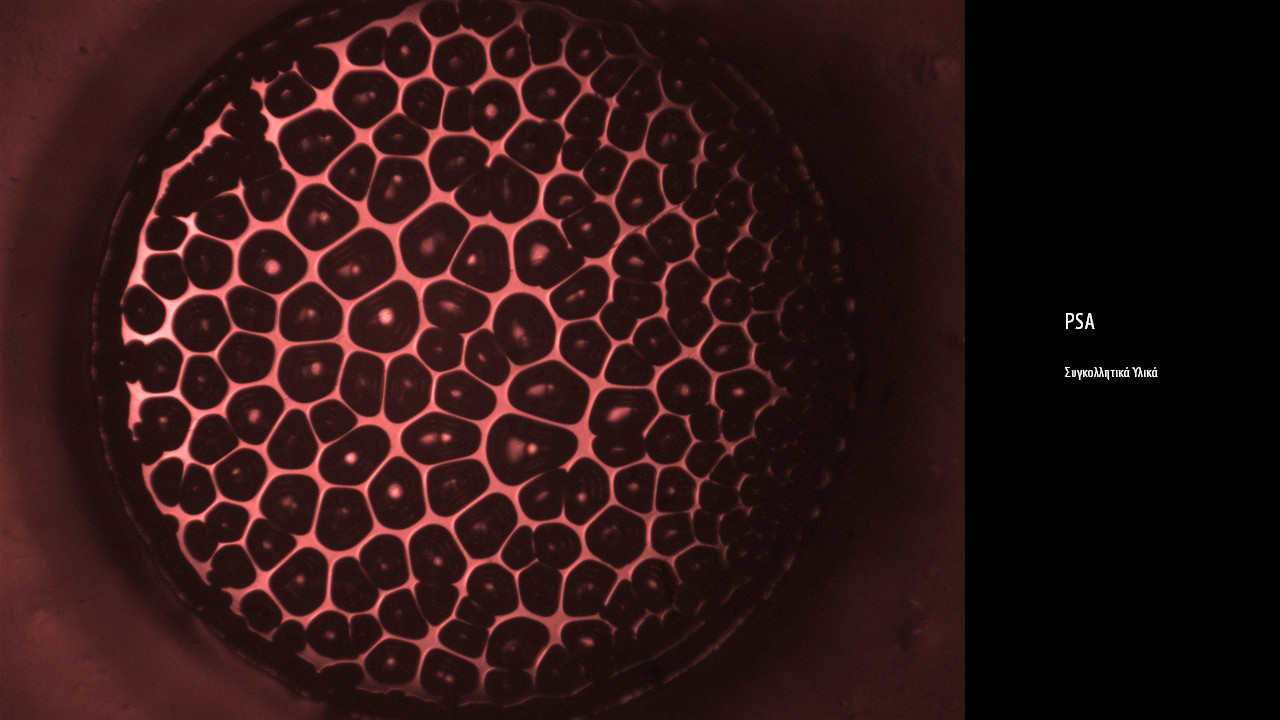
Two Dimensional Fibre-Reinforced Polymer are characterized by a laminated structure in which the fibres are only aligned along the plane in x-direction and y-direction of the material. This means that no fibres are aligned in the through thickness or the z-direction, this lack of alignment in the through thickness can create a disadvantage in cost and processing. Costs and labour increase because conventional processing techniques used to fabricate composites, such as wet hand lay-up, autoclave and resin transfer moulding, require a high amount of skilled labor to cut, stack and consolidate into a preformed component.
When the raw material contains reinforcing fibres, a compression molded part qualifies as a fibre-reinforced plastic. More typically the plastic preform used in compression molding does not contain reinforcing fibres. In compression molding, a “preform” or “charge”, of SMC, BMC is placed into mould cavity. The mould is closed and the material is formed & cured inside by pressure and heat. Compression moulding offers excellent detailing for geometric shapes ranging from pattern and relief detailing to complex curves and creative forms, to precision engineering all within a maximum curing time of 20 minutes.
The current effort deals with the numerical study of a polymer melt reinforced by a network of two dimensional fibers under compression. An advanced Lagrangian Finite Element Algorithm has been developed which assumes the Fibers as a stiff Neo-Hookean material and the melty matrix as a multimode viscoelastic fluid.



